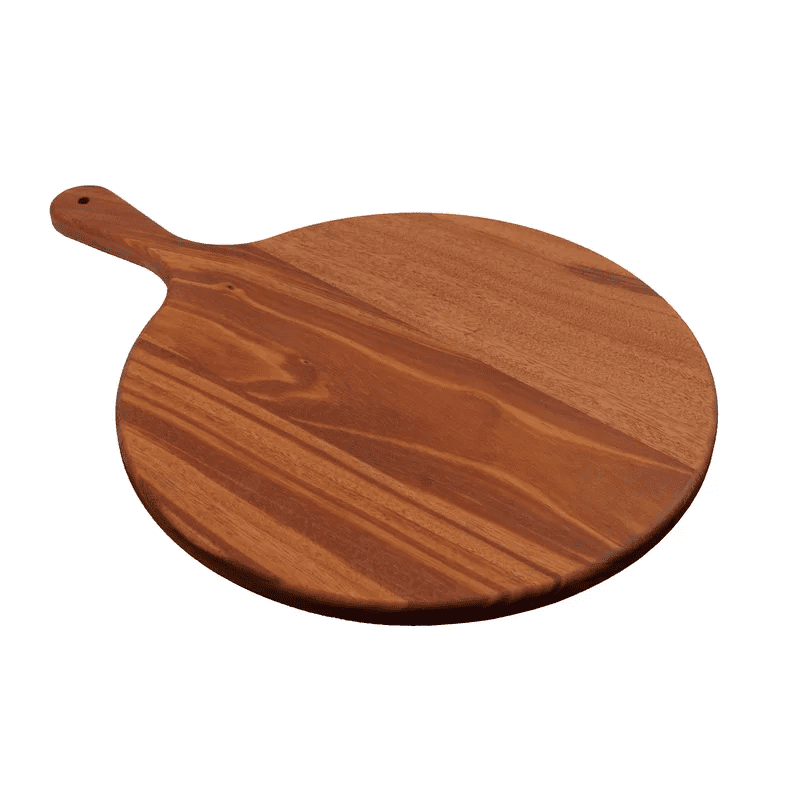
Finished Wood:
Maintenance of a wood spanking paddle care is pretty basic. Just use a mild soap and water to wipe down the paddle. If need be you can use a very mild furniture cleaner on the wood. For the most part a damp cloth will suffice.
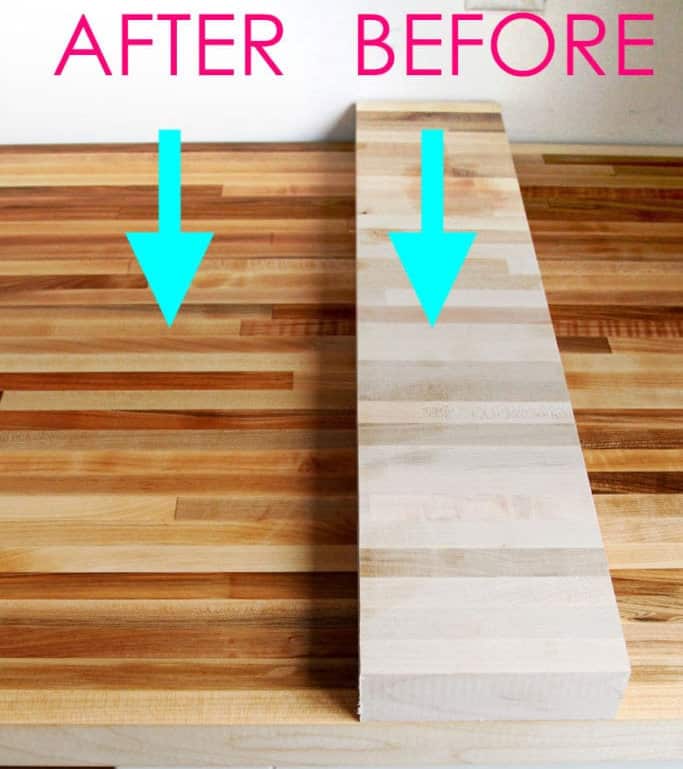
Oiled Wood (Hand Rubbed):
A spanking paddle that is oiled will need special care at times to preserve the look and feel of the wood. The good thing is that the more an oiled spanking paddle is maintained, the better it will look over time. All you will need to do is oil the paddle with a mineral oil aka breadboard finish.
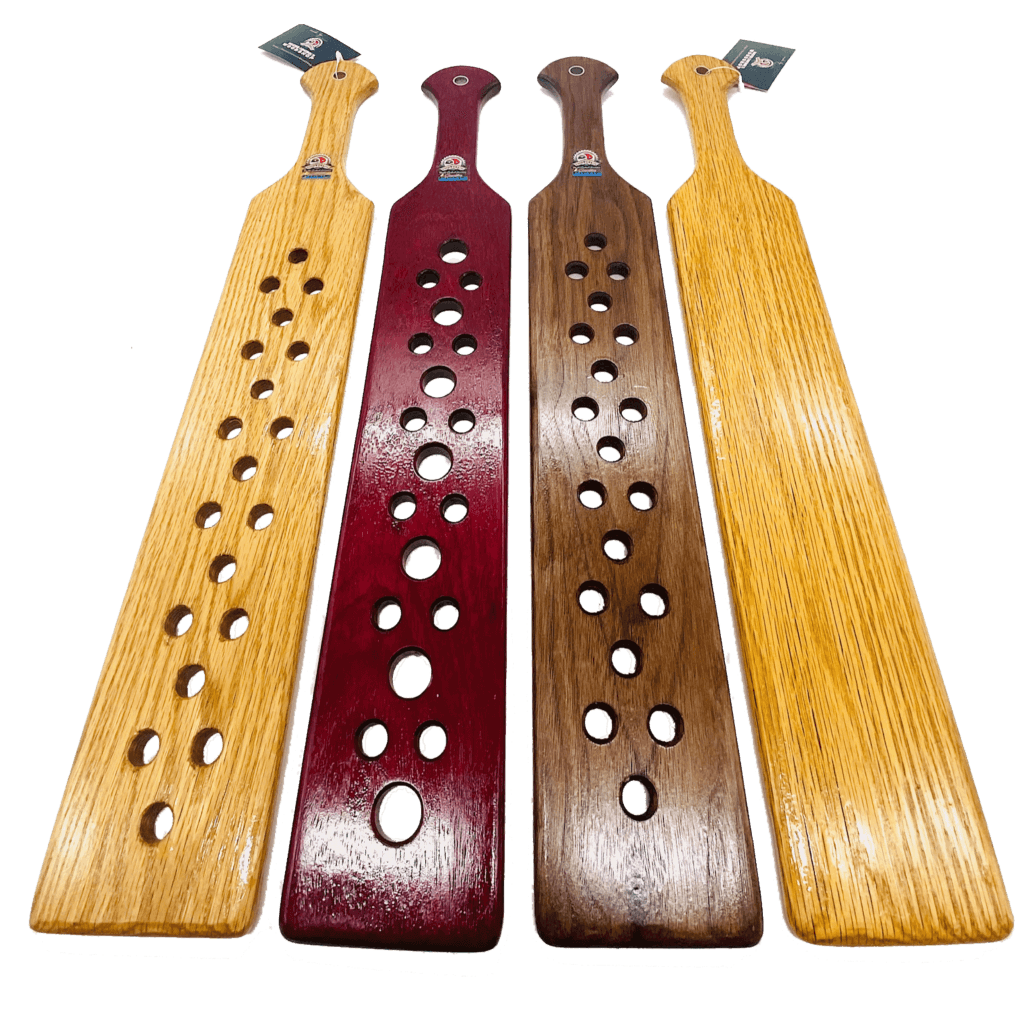
Unfinished Spanking Paddle Care:
A spanking paddle that has no finish or oil will need little care if any. Any water on the wood could damage the paddle, so all that is recommended is to simply wipe it down with a damp cloth from time to time.
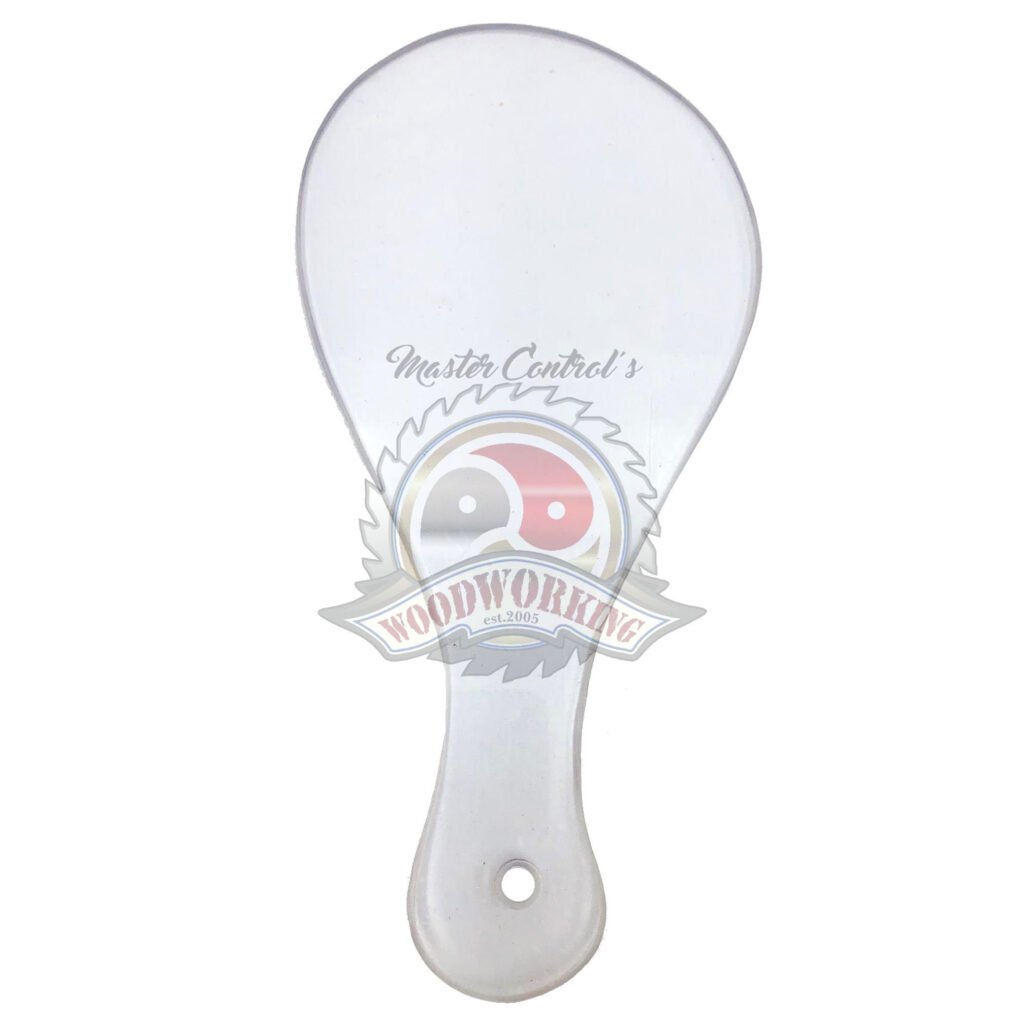
Polycarbonate (Lexan) Spanking Paddle Care:
Lexan paddles are pretty easy to care for. Periodically provide paddle care by wipe them down with a mild soap and water mixture being careful not to scratch the outer layer of the polycarbonate. This type of paddle is pretty hardy and can take a lot of abuse.
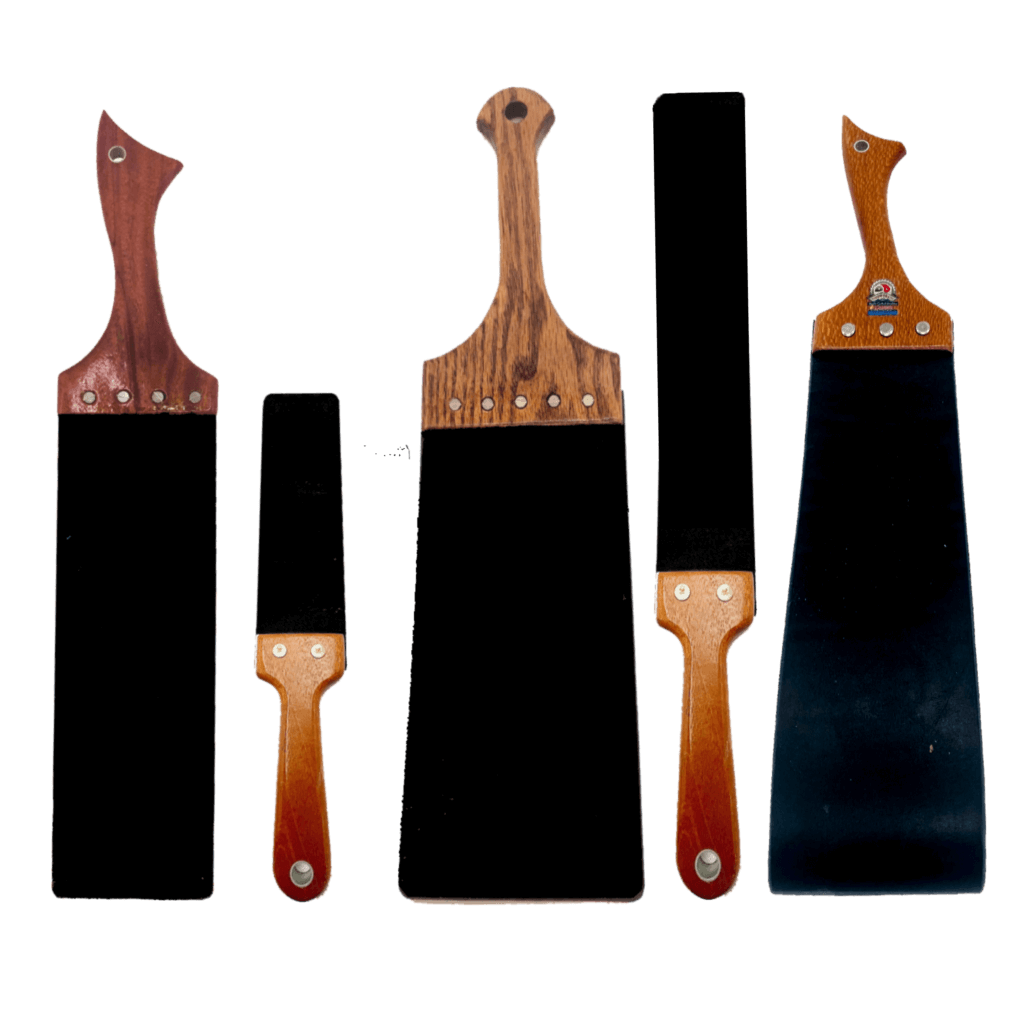
Leather Slapper Paddle Care:
Leather paddles are pretty easy to care for. To clean a leather paddle, first choose a cleaner that will help preserve the natural lubricating oils instead of stripping them. Saddle paste and glycerine soap are commonly used products for saddles and tack. The cleaner of your choice should not leave any greasy residue behind. Residue makes your leather paddle susceptible to bacteria and can break down the stitching of your item. Before applying anything to your leather item, be certain to test it out for effect and possible color distortion on an area that isn’t visible to the eye. Once you’ve determined that the leather paddle care product is acceptable to use, apply it to your item and thoroughly remove the cleaning product with a lightly dampened cloth.
Leather deteriorates largely by four means:
- Oxidation is most readily seen in very old, dry leather. The leather shows surface cracking and flaking, and over-all weakness. Eventually oxidation will turn leather to dust. The only way to stop oxidation is application of an inert dressing to coat the fibers.
- Chemical damage can be caused by the effect of ultraviolet light, ozone, acidic pollutants in the air, or through chemical action following treatment with improper compounds. Both oxidation and chemical damage occur faster at higher temperatures. Leather should be stored away from heat, and not needlessly exposed to sunlight.
- Internal wear or breaking of fibers occurs when dry leather is flexed. A lubricant is essential to allow the fibers to slide one against the other.
- Abrasion can be caused by friction or dirt particles ground into the leather.
Leather Paddle Care & Conditioning:
Leather conditioners are meant for occasional use. They contain fats and/or oils that help lubricate leather and replenish the suppleness. Look for a product that will penetrate the strong fibers in leather, but beware of any that include petroleum or mineral oils. While petroleum by-products won’t damage your leather paddle immediately, they do over a period of time.
